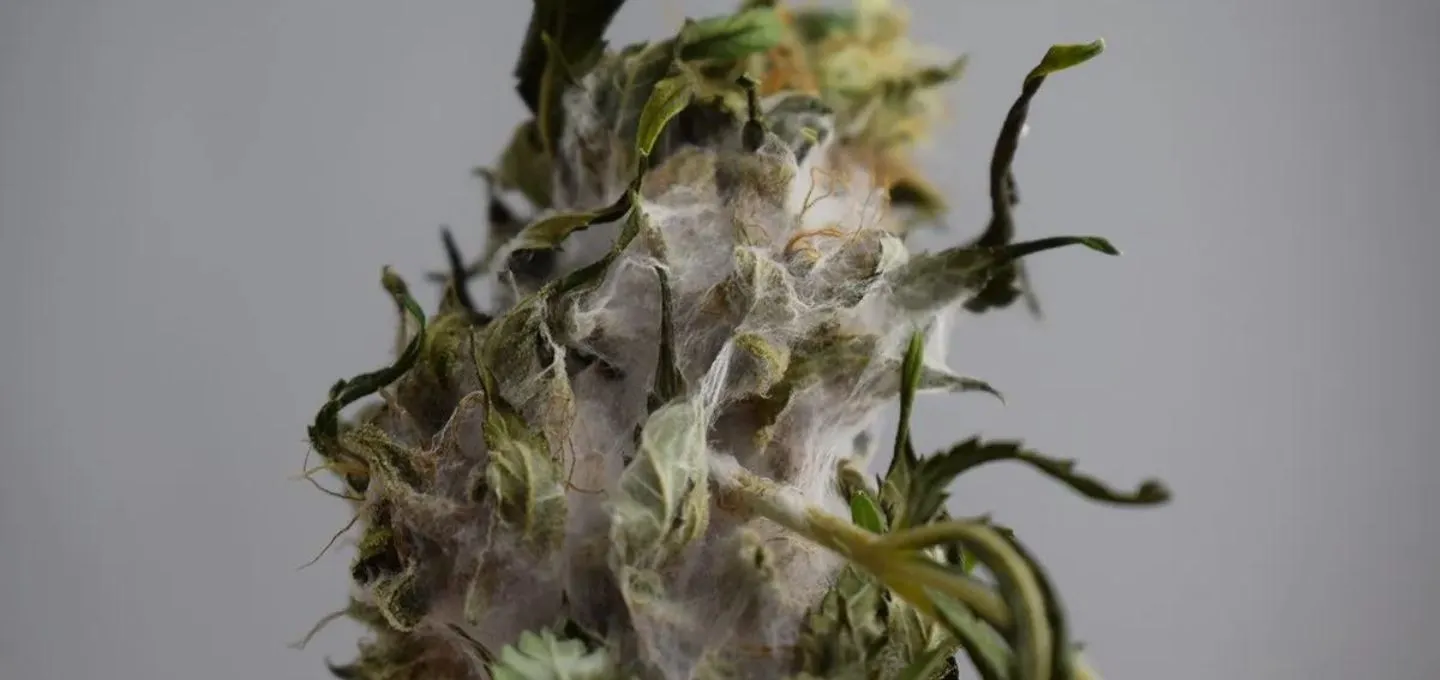Introduction and About Microbial contaminants like mold, bacteria, and yeast can be harmful if present in cannabis.
This article will examine microbials and their risks, as well as remediation methods.
What are microbials?
Table of Contents
Microbials refer to different microorganisms that can grow on cannabis plants and products.
The main microbial contaminants in cannabis include:
- Mold – Gray mold, powdery mildew, and bud rot are common molds affecting cannabis crops and storage. Molds reproduce by spreading spores.
- Bacteria – Pathogens like E. coli, Salmonella, and Pseudomonas can cause serious infections. Bacteria rapidly multiply under the right conditions.
- Yeasts – Yeast such as Aspergillus can ferment sugars and release CO2, degrading stored cannabis. Yeast requires moisture to proliferate.
These microbes thrive in warm, humid environments.
Poor drying and curing allow microbial growth in buds, concentrated extracts, and infused products.
Health Risks of Microbial
Inhaling mold spores or contaminated products can cause allergic reactions and respiratory issues. Mold releases mycotoxins that irritate the lungs and weaken immune systems.
Bacterial infections can be life-threatening in rare cases.
At-risk groups, including those with asthma or compromised immunity, should avoid using cannabis with elevated microbial levels.
Strict state testing regulations help protect consumers by screening products.
Microbial Remediation
Growers use preventative measures like climate control, sanitation, and crop maintenance to reduce microbial growth.
If crops do become contaminated, remediation can salvage biomass.
Techniques such as gamma irradiation, ozone treatment, and heat kill microbes while preserving potency.
Hydrogen peroxide and citric acid also control microbial growth. However, severely contaminated products may still harbor dangerous toxin residues requiring disposal.
Regular lab testing during cultivation and processing ensures microbial levels remain below dangerous thresholds in legal marijuana products.
While home growers lack such safeguards, following best practices limits harmful microbial exposure.

 Fact Checked by Doctor Name
Fact Checked by Doctor Name